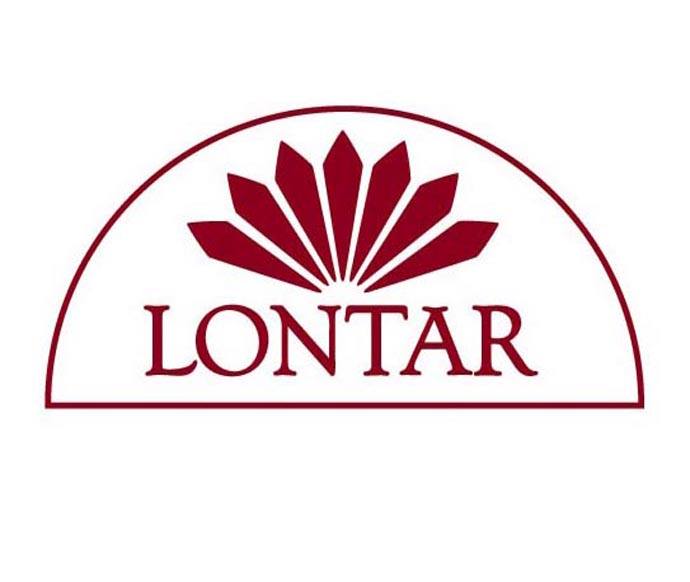Writing Traditions of Indonesia
Straddling the equator and bridging the Indian and Pacific Oceans, the Indonesian archipelago has been a crossroads for millennia, a place where not only West met East, but where indigenous societies traded as freely in knowledge as they did in pepper and cloves. The richness of the archipelago’s land and seas is mirrored in its linguistic wealth. Not only are hundreds of distinct languages to be found in Indonesia; many ethnic groups have their own scripts and writing traditions as well. Even writing materials differ one from another.
This cornucopia of traditions became the focus of a Lontar documentation project. Beginning in 1991 Lontar conducted a survey of the holdings of the world’s major library with holdings of Indonesian manuscripts. Almost 1,000 images of Indonesian manuscripts were collected at that time. Lontar also commissioned essays by scholars from around the world on Indonesia’s writing traditions. In the end this led to the production of Illuminations: The Writing Traditions of Indonesia. 
Finally published in 1996, this book represents the first—and still the only—comprehensive treatment in any language on the writing traditions of Indonesia. With several hundred photographs and complementary essays by renown scholars this book traces the development of the art of writing in Indonesia—from the diffusion of Indic scripts and the creation of indigenous scripts as seen in early stone and copperplate inscriptions, to the spread and influence of Arabic script and calligraphy, and on up through the development of unique writing traditions, in terms of both literary forms and textual materials.
For the lay reader, the scholar, and the artist, Illuminationsis a source of visual delight: the manuscripts shown in this book exhibit an extraordinary variety in medium and in script and illustration, ranging from the visually stunning Batak and South Sumatran bark and bamboo manuscripts, the diaries and cassette-like palm-leaf manuscripts from South Sulawesi, the artistry of Sundanese, Balinese and Lombok lontar manuscripts, and the illuminated book-form manuscripts from the Islamic tradition. Of particular interest are the illuminated Javanese manuscripts and the elaborate letters and seals of the writers of Malay.
The learned but highly accessible essays present a revolutionary transformation of the accepted picture of Indonesia’s past. They prove that the archipelago was not a place of static traditions but a hive of intellectual curiosity and artistic acumen.
The hundreds of images Lontar collected during this research and documentation project will soon be made available for public viewing in Lontar’s digital library.
